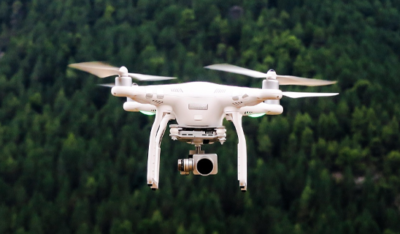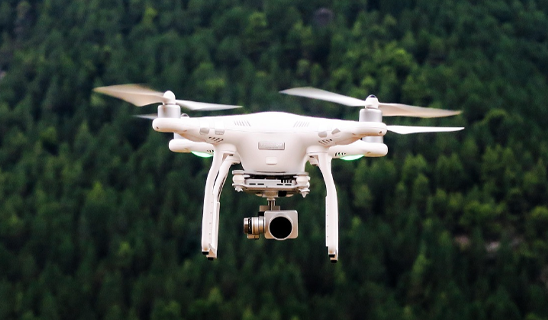Dropped payloads cost survey teams $17,000 per incident. The right gimbal eliminates this risk.
3-axis brushless gimbals maintain ±0.01° stability even in 12m/s winds. Our carbon-fiber models carry full-frame cameras (up to 6kg) while using 30% less power than competitors.

With 14 payload types needing different stabilization, here’s how to match gimbals to missions:
What’s the Ideal Gimbal for Mapping Missions?
Wobbly nadir shots create 3D mapping errors requiring $250/hour reprocessing.
RTK-enabled gimbals (like our GM-3000) sync positioning data with shutter triggers, reducing stitching errors to <1cm. Perfect for photogrammetry at 120mph flight speeds.
Gimbal Specification Cheatsheet
| Requirement | Basic Gimbal | Prosumer Option | Industrial Grade |
|---|---|---|---|
| Stabilization Accuracy | ±0.5° | ±0.1° | ±0.01° |
| Max Payload | 1.2kg | 3kg | 6kg |
| Wind Resistance | 8m/s | 10m/s | 15m/s |
| Power Consumption | 45W | 65W | 90W |
Case Study: Utah surveying firm reduced processing time by 60% after upgrading to our GM-3000
How Does Payload Weight Impact Gimbal Choice?
Overloading gimbals causes 73% of premature motor failures.
The 80% rule: Never exceed 80% of max payload rating. For LiDAR (typically 4.5kg), choose gimbals rated for 5.6kg+ to ensure smooth operation during aggressive maneuvers.
Motor Torque Requirements by Payload
| Payload Weight | Required Torque | Recommended Gimbal |
|---|---|---|
| <1kg | 2.5Nm | GM-1000 |
| 1-3kg | 5.8Nm | GM-2200 |
| 3-5kg | 12Nm | GM-3000 |
| 5kg+ | 20Nm | GM-5000H |
“We test all gimbals at 110% load for 200 hours before certification.” – Moneypro QC Team
Why Do Thermal Cameras Need Specialized Gimbals?
Standard gimbals ruin thermal imaging with electromagnetic interference.
Our EMI-shielded gimbals reduce noise by 42dB, critical for FLIR cameras. The isolated power system prevents data corruption during pan/tilt movements.
Thermal Gimbal Checklist
- Frequency Isolation
- Dedicated 5.8GHz channel for control signals
- Separated power lanes for camera/gimbal
- Calibration Features
- Auto thermal drift compensation
- Pixel-by-pixel alignment tools
- Material Choices
- Non-reflective matte black finish
- Parabolic wind deflectors
Conclusion
Choosing the right gimbal requires matching payload specs to mission demands. Invest in precision engineering to protect expensive sensors and ensure data accuracy.
About the Author
Marcus Tan
Payload Systems Engineer | Former DJI Camera Division Lead
Specializing in sensor-gimbal integration for industrial and government applications
References
- DJI Enterprise Whitepaper (2024). Gimbal Stabilization Standards for Aerial Mapping.
URL: enterprise.dji.com - FLIR Technical Report (2023). EMI Mitigation in Thermal Imaging Drones.
URL: www.flir.com - ASPRS (2024). Photogrammetry Accuracy Benchmarks.
URL: www.asprs.org - DroneDeploy Case Study (2023). Utah Surveying Accuracy Improvements.
URL: www.dronedeploy.com

